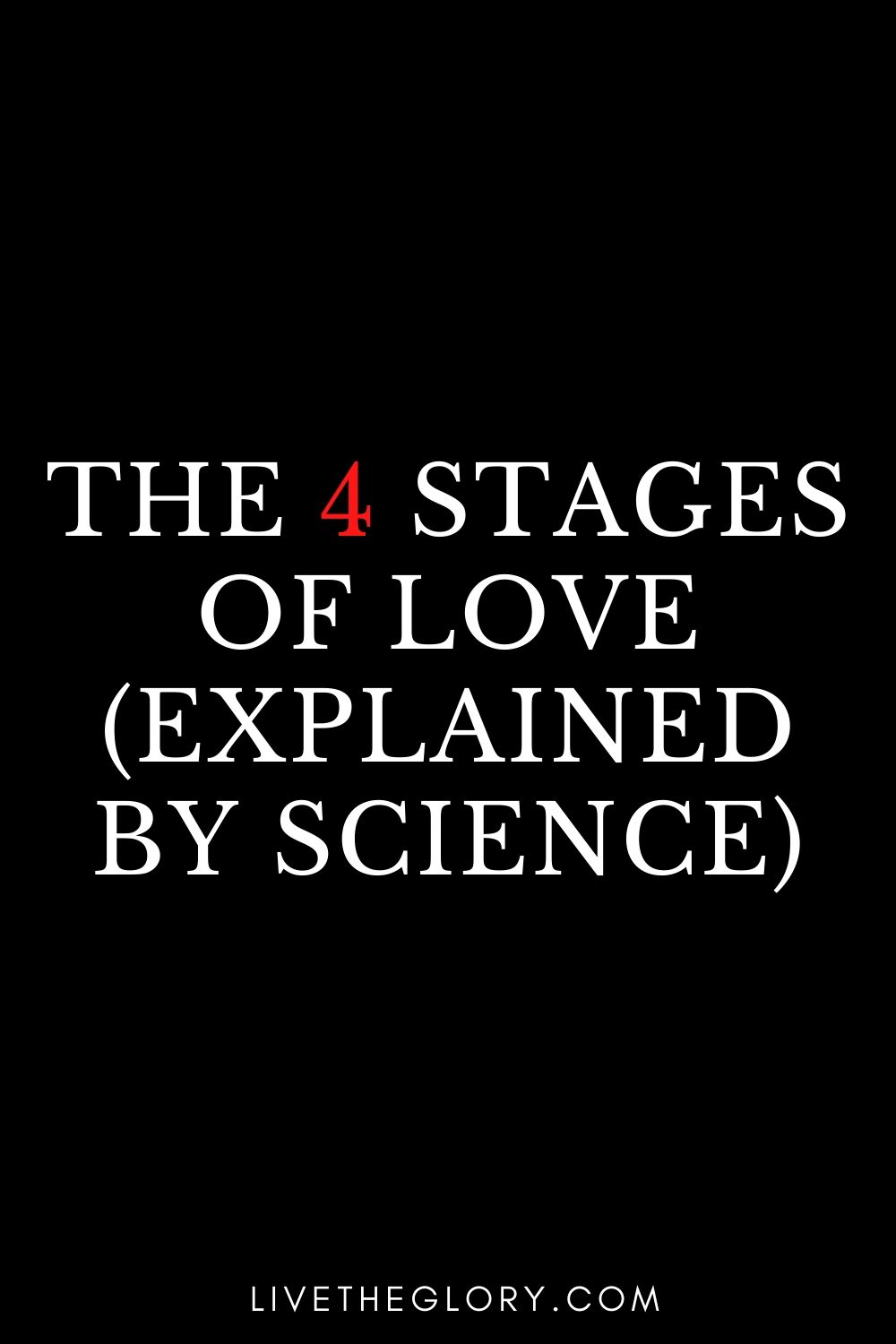Over the past twenty years, researchers have discovered four steps that would lead us to what we call love with a capital L. A rather pleasant path to follow. Review of details.
You rarely fall in love overnight. Sometimes the feeling of love even takes a while to settle in, such as when a friendly relationship turns gently towards the feeling of love. And here are the four steps that lead us to love according to science as explained by the Mindbodygreen site :
1- The attraction
Sweaty hands, butterflies in the stomach, dilated pupils, racing heart and flushing cheeks, these are some of the typical bodily reactions that occur when you meet someone you like. This first step is called physical attraction. We are still far from the feeling of love, but this upheaval that the attraction produced in our body allows it to release norepinephrine, the hormone that awakens our attention and that could, therefore, encourage us to enter the next phase, one step more towards love.
2- The first meetings
From the first date, we wonder about the possibility or not of falling in love with the other. It is a phase of seduction during which our body releases hormones: dopamine and oxytocin for women, dopamine, testosterone, and vasopressin for men.
Dopamine is released in men and women when they are excited about falling in love (and having that feeling shared). In women, oxytocin is released when she begins to trust the other, but also in the event of kisses, hugs and physical intercourse. Ditto for vasopressin in men. As for the level of testosterone, it skyrockets when it wins our attention. If all these hormones work together, the couple is likely to fall in love.
3- The birth of love
Italian researchers have discovered that when we fall in love, our hormonal system goes haywire. For example, contrary to what one might think, our stress level is at its maximum. This explains why at the beginning of a relationship, it is sometimes difficult to find an appetite or sleep. Another strange fact: our happiness hormone decreases due to this overflow of anxiety. And if we still feel happy, it is actually because a part of our brain is “deactivated”, thus saving us from thinking about our stress level. English researchers have also found that our ventromedial prefrontal cortex was also deactivated at the start of a love story. Now, this is the part of the brain linked to judgment towards others, which explains the famous expression “love makes blind”. We are absolutely not able, at first, to judge the other objectively, we idealize it. But, it is this lack of clairvoyance (the famous “honeymoon” period ) which allows us to be so happy with what is happening to us. At least, until we fall back from our little cloud and our brain recovers its relative stability, causing a rupture for some and access to the next phase for others.
4- True love
Now that the first emotions have turned into real feelings, we are entering the last phase of love, which is more realistic. Nevertheless, couples who stay together all have one thing in common: the ability to maintain positive illusions of the other. In other words, judgment may come back, but people in love choose to focus on the qualities of the other and ignore their weaknesses. It is the beginning of a more mature love. Researchers have also found that during this phase, our brain becomes more empathetic and attentive. The keys to help us make this love last!

